- Home
- Machining techniques
- CNC Machining Services
- Cooperative supply services
- Designs
- Materials
- Finishing Services
- Shop
- Products
- Guide
- About Us
- Contact Us
2022.11.30
3D printing technology, also known as additive manufacturing technology, is a technology that uses powder metal or plastic and other adhesive materials to construct objects layer by layer based on digital model files. 3D printing is usually realized by digital technology material printer. In the past, it was often used in mold manufacturing, industrial design and other fields to manufacture models. Now it is gradually used in the direct manufacturing of some products. Some enterprises have begun to use this technology to print parts. The technology has been applied in jewelry, footwear, industrial design, architecture, engineering and construction, automotive, aerospace, dental and medical industries, education, geographic information systems, civil engineering, firearms and other fields.
The 3D printing technology is based on the computer 3D design model. Through the software layered discrete and numerical control molding system, the metal powder, ceramic powder, plastic, cell tissue and other special materials are stacked and bonded layer by layer by using laser beam, hot melt nozzle and other methods, and finally stacked to form a solid product.
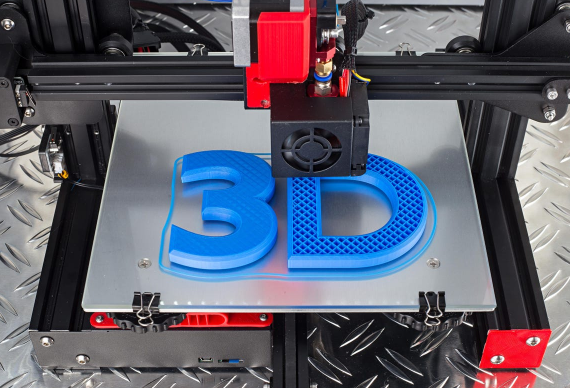
Materials for 3D printing are mainly divided into nine categories:
Photosensitive resin materials
Mainly including acrylic resin, epoxy resin, polyester resin and other light curing resin materials. Such materials can be polymerized and solidified under the irradiation of ultraviolet light, generally in a liquid state. It can be used to manufacture blades, gears and other structural parts for aerospace.
Engineering plastic materials
Mainly including ABS materials, polycarbonate materials and polyamide materials. ABS material has the characteristics of “tough, hard and rigid”, so it has been widely used in machinery, electrical, textile, automobile, aircraft, ship and other manufacturing industries and chemical industry. Polycarbonate materials have good impact resistance, thermal distortion resistance, good fire resistance and high hardness, so they are suitable for the production of various parts of cars and light trucks, mainly focusing on lighting systems, instrument panels, heating panels, defrosters and bumpers. Polyamide material, also known as nylon material, is strong, wear-resistant, self-lubricating, and has a wide range of applicable temperatures. It mainly replaces copper and other non-ferrous metals to manufacture mechanical, chemical, and electrical parts, such as diesel engine fuel pump gears, water pumps, high-pressure seals, oil pipes, and so on.
Metal materials
Mainly including titanium alloy materials, stainless steel materials, aluminum alloy materials, other precious metal materials, etc. Titanium alloy material has high strength and heat resistance. Compared with other metals, titanium alloys also have the advantages of good corrosion resistance, good low-temperature performance, and large chemical activity, so they are widely used in the manufacture of aircraft engine compressor components, rocket, missile and high-speed aircraft structural parts and other fields. Stainless steel materials have the advantages of easy welding, corrosion resistance, strong polishing and heat resistance, and are widely used in the fields of construction, food processing, catering, brewing, chemical industry and medical equipment. Aluminum alloy materials have the characteristics of low density, low melting point and strong plasticity. Aluminum alloy is the most widely used alloy at present, which is widely used in aviation, aerospace, automobile, machinery manufacturing, shipbuilding and chemical industry. Other precious metal materials, such as gold materials, have the characteristics of good conductivity, good thermal conductivity and high stability, and are mainly used in the fields of electronics, chemical industry, aerospace and other fields with special requirements for materials.
Ceramic materials
Mainly including natural silicate materials such as clay and kaolin, and high-purity synthetic materials such as oxide ceramic materials, nitride ceramic materials, carbide ceramic materials, etc. Because most ceramic materials have high melting point or even no melting point, it is difficult to use external energy for direct forming. Most of them need to be reprocessed after forming (drying, sintering, etc.) to obtain the final products, which limits the promotion of ceramic materials in the 3D printing industry. However, ceramic materials have the advantages that polymer and metal materials do not have, such as high hardness, high temperature resistance, and stable physical and chemical properties, so they have broad application prospects in aerospace, electronics, automotive, energy, biomedical and other industries.
Biological materials
Mainly including biomedical metal materials, biomedical polymer materials, biomedical ceramic materials and bio derived materials. Among them, bio derived materials are biomedical materials formed by specially treated natural biological tissues, also known as bio regenerative materials. The application of biomaterials in 3D printing can be divided into two fields. The first is the application of biomaterials in food processing, food packaging and other fields based on their characteristics of biodegradability, low melting point, biological characteristics, environmental protection, etc; The second category is widely used in the medical field according to the reproducibility, histocompatibility and inducibility, mechanical compliance and degradation compliance of biomaterials. The application of biomaterials in the medical field can be divided into three levels: prosthesis manufacturing, three-dimensional indirect assembly manufacturing of cells and three-dimensional direct manufacturing of cells.
Rubber materials
Which have a variety of elastic material characteristics, such as Shore A hardness, elongation at break, tear resistance and tensile strength, making them very suitable for applications in areas requiring anti-skid or soft surfaces, such as consumer electronics, medical equipment and automotive interior.
Sand and gravel materials
Mainly quartz sand. In 3D printing, according to its traditional functions and characteristics, sand and gravel materials are mainly used in buildings to make some building materials or structures. Low cost, high efficiency and environmental protection are the advantages of sand and gravel materials in the field of 3D printing architecture.
Graphene material
Which is based on sp² The hybrid connected carbon atoms are tightly packed into a new material with a single-layer two-dimensional honeycomb lattice structure. Graphene materials have excellent optical, electrical and mechanical properties, which can be used to replace various traditional materials, and are considered to be a revolutionary material in the future. With the development of graphene preparation and graphene application technology, graphene materials can be used in more downstream products and fields. According to the prediction of the Chinese Academy of Sciences, by 2024 or so, graphene devices are expected to replace complementary metal oxide semiconductor devices and be applied in research fields such as nano electronic devices, photoelectric chemical cells, and ultralight aircraft materials.
Cellulose material
A macromolecular polysaccharide composed of glucose, is insoluble in water and general organic solvents. Cellulose is the main component of plant cell wall. It is the most widely distributed and abundant polysaccharide in nature, accounting for more than 50% of the carbon content in the plant kingdom. Researchers have been committed to developing 3D printing methods using cellulose, and some breakthroughs have been made. Cellulose materials also have some shortcomings, such as high cost, poor scalability and pollutants generated when combined with plastics.
3D printing technology is mainly divided into desktop level and industrial level. Desktop 3D printer is the primary stage of 3D printing technology, which can intuitively explain the process principle of 3D printing technology. Because desktop 3D printers are relatively cheap, easy to carry, easy to operate, etc., their applications are mainly concentrated in home, office and other places. Industrial 3D printers are mainly divided into rapid prototyping machines and direct product manufacturing machines. The industrial 3D printer can better meet the requirements of high-precision and short-time production in terms of mass production of molds, metal parts, etc. With the help of computer controlled laser or electron beam, the industrial 3D printer can print complex and precise structures that cannot be completed by traditional mechanical processing, and eliminate unnecessary manufacturing processes to achieve full utilization of materials.
The appearance of 3D printing technology has reduced the complexity of product manufacturing, expanded the scope of production and manufacturing, shortened the time of production and manufacturing, improved production efficiency, improved the utilization of raw materials, and improved the accuracy of product specifications. At the same time, 3D printing technology meets the needs of customers for personalized customization, and can develop more diversified products.
China’s 3D printing industry also has some shortcomings. Due to the limitations of technical level and equipment level, 3D printing enterprises in China can only process and manufacture small parts in small batches, which is difficult to replace large-scale and large batch processing and manufacturing. On the other hand, the problem of the shortage of 3D printing materials that has plagued China has not been solved. The main source of materials still depends on imports from the United States, which makes China’s small number of 3D printing enterprises face high cost pressure and limits the scale and application scope of China’s 3D printing industry.
3D printing industry is a very promising industry. With the continuous increase of the world population, the demand for housing will continue to increase, which will inevitably lead to the improvement of the height of housing construction in the future. The improvement of building height will greatly improve the requirements for construction technology, labor and material standards; At the same time, the risk of construction will increase exponentially. The mature 3D printing house technology can avoid the risk of building tall buildings manually, reduce the difficulty of building tall buildings, and improve the efficiency of building tall buildings. On the other hand, with the continuous exploration of the universe and the continuous progress of science and technology, it is possible to establish a base or emigrate to other planets in the future. The mature 3D printing technology can be used in the future “interstellar colonization” activities to meet the manufacturing needs of astronauts in the interstellar space, and also reduce the difficulty in preparing interstellar related activities.
The application of 3D printing technology is certainly not limited to those that are known to us now. The hidden value of this industry in the future remains to be developed.
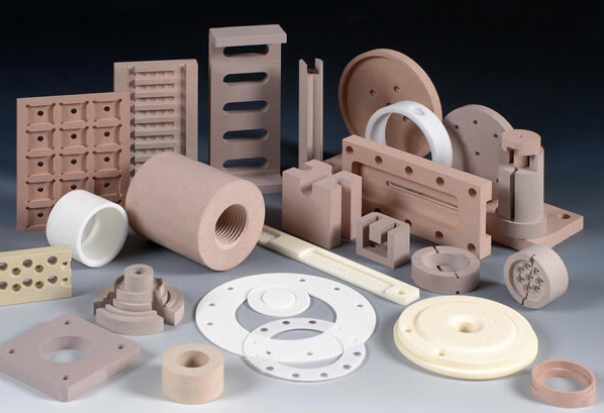 Processing Methods Of CNC Machining For Ceramic & Ceramic Rod
Processing Methods Of CNC Machining For Ceramic & Ceramic Rod
 Spring Material Types (Properties, Grades, Uses) & Best Selection for Your Project
Spring Material Types (Properties, Grades, Uses) & Best Selection for Your Project
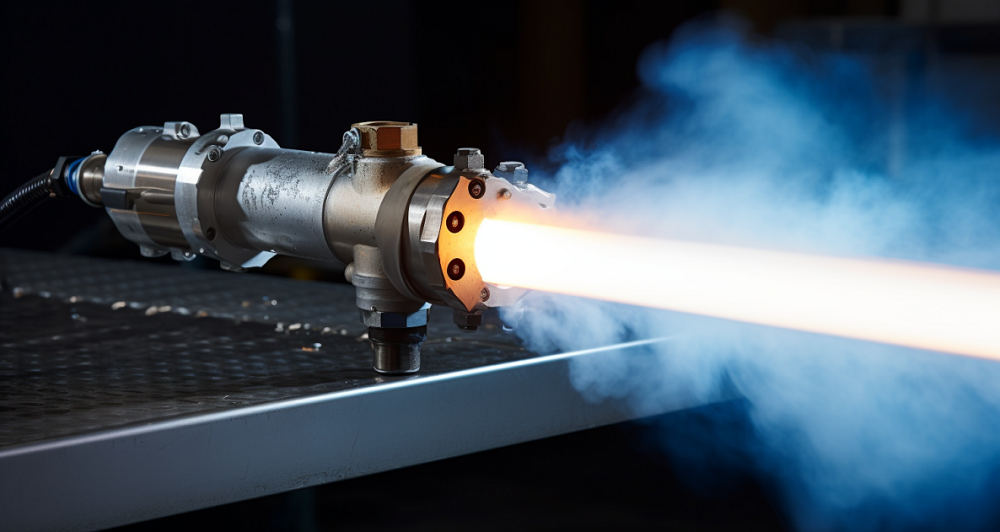 What is HVOF Coating – HVOF Thermal Spray Process, Materials, Benefits, Machine, Applications
What is HVOF Coating – HVOF Thermal Spray Process, Materials, Benefits, Machine, Applications
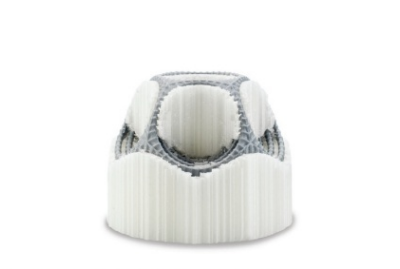 Comparison Guide For 3D Printing Materials – Characteristics, Printing Parameters & More
Comparison Guide For 3D Printing Materials – Characteristics, Printing Parameters & More
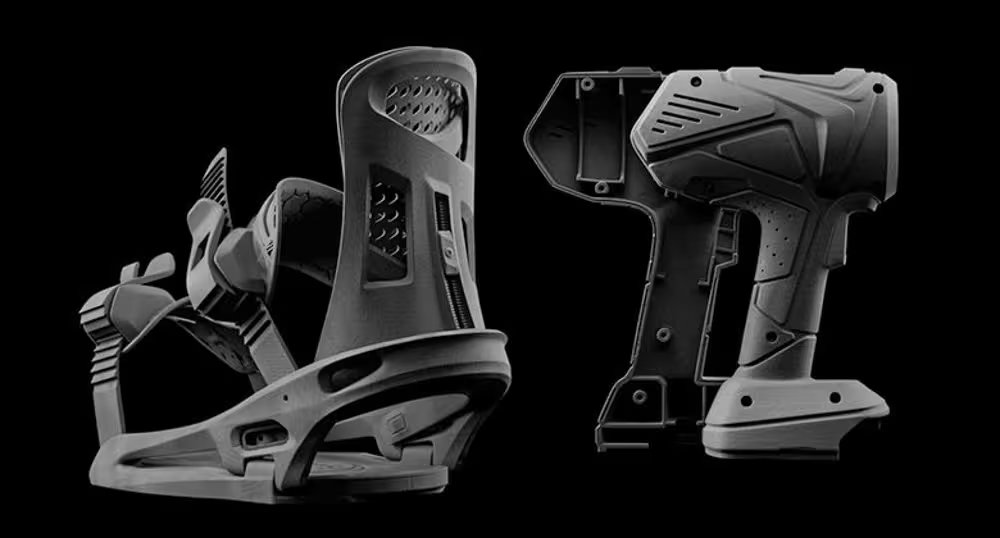 What is Multi Jet Fusion & How It Work – HP MJF 3D Printing Principle, Benefits, Price, Applications
What is Multi Jet Fusion & How It Work – HP MJF 3D Printing Principle, Benefits, Price, Applications
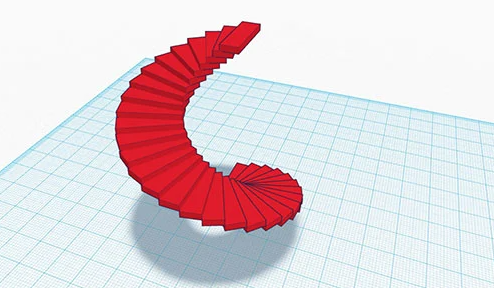 What Software Affects 3D Printing – Netfab, Magics, Dyndrite & More
What Software Affects 3D Printing – Netfab, Magics, Dyndrite & More
